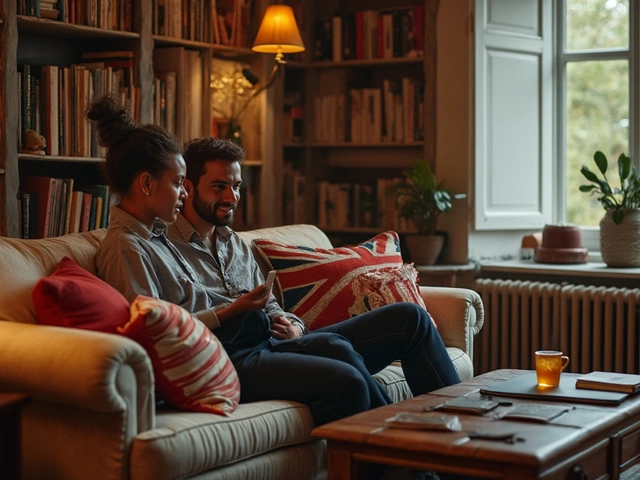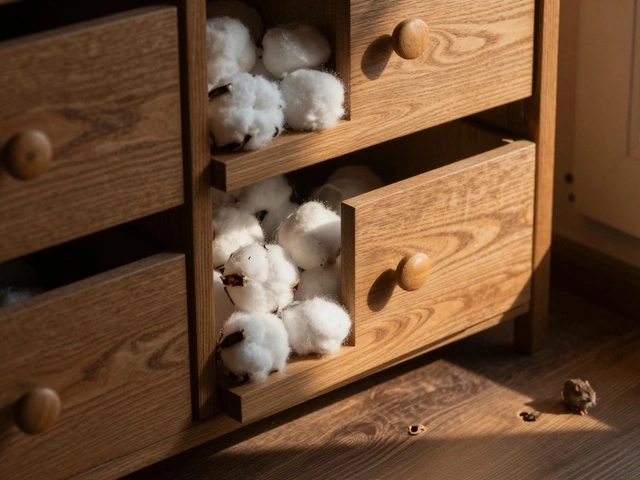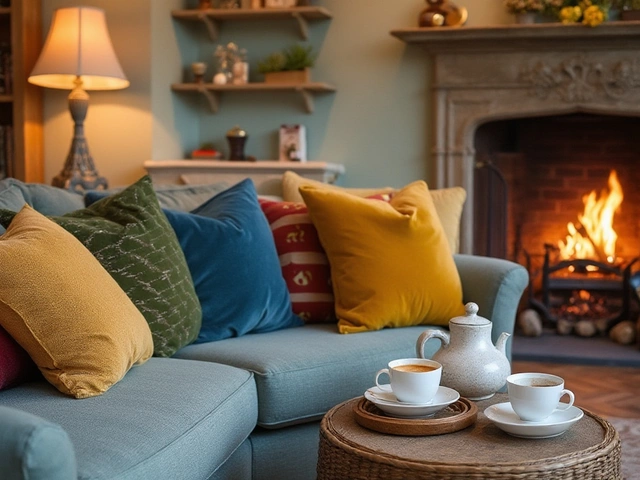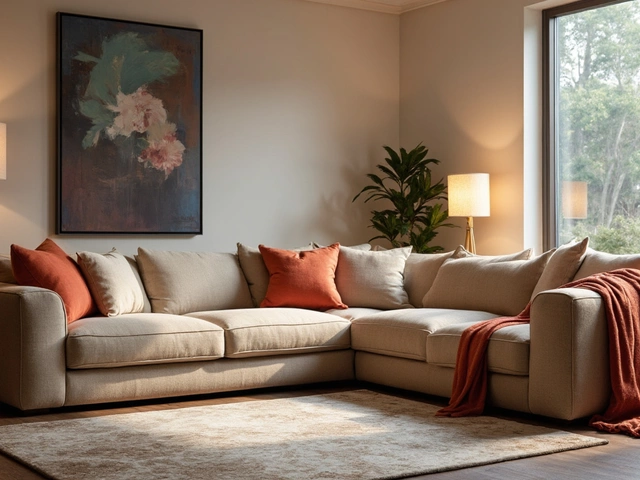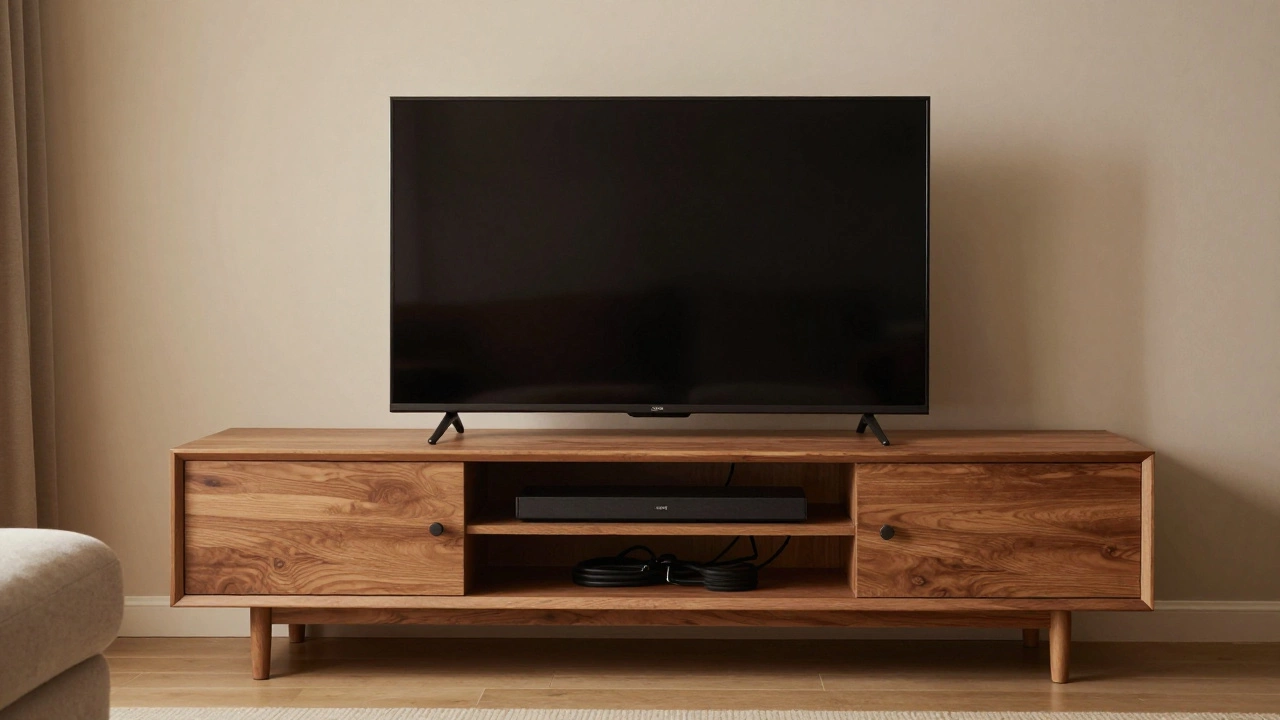
How Big Does a TV Stand Need to Be for a 65-Inch TV?
A 65-inch TV needs a stand at least 67 inches wide for safety and function. Learn the ideal width, depth, height, and how to avoid common mistakes when choosing a TV stand.

How Much Bigger Is a 75-Inch TV Than a 65-Inch? Size, Space, and Stand Fit Explained
A 75-inch TV is 34% larger in screen area than a 65-inch model and requires a wider stand, stronger mount, and more viewing space. Learn the exact size differences and what you need to make the upgrade work.
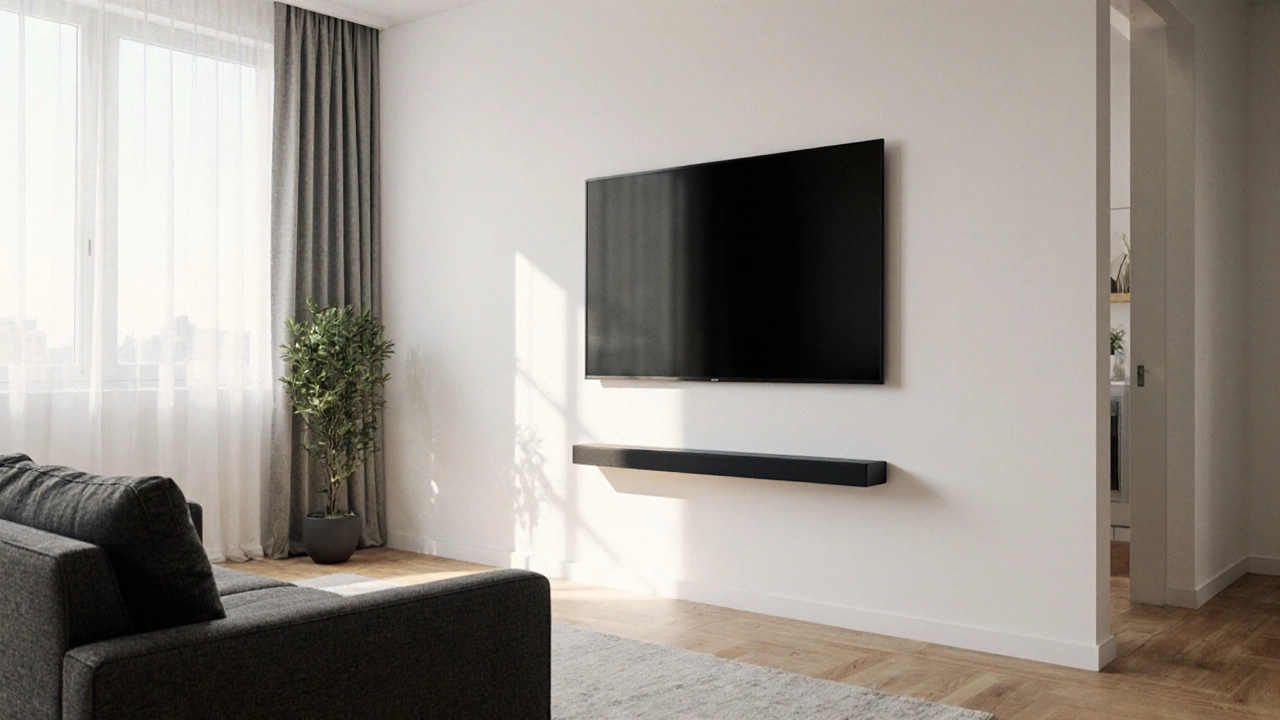
Wall‑Mounted TV vs TV Stand: Which Is the Better Choice for Your Living Room?
Explore the pros and cons of wall‑mounting your TV versus using a TV stand, with practical tips on space, safety, cost, and style to help you decide.
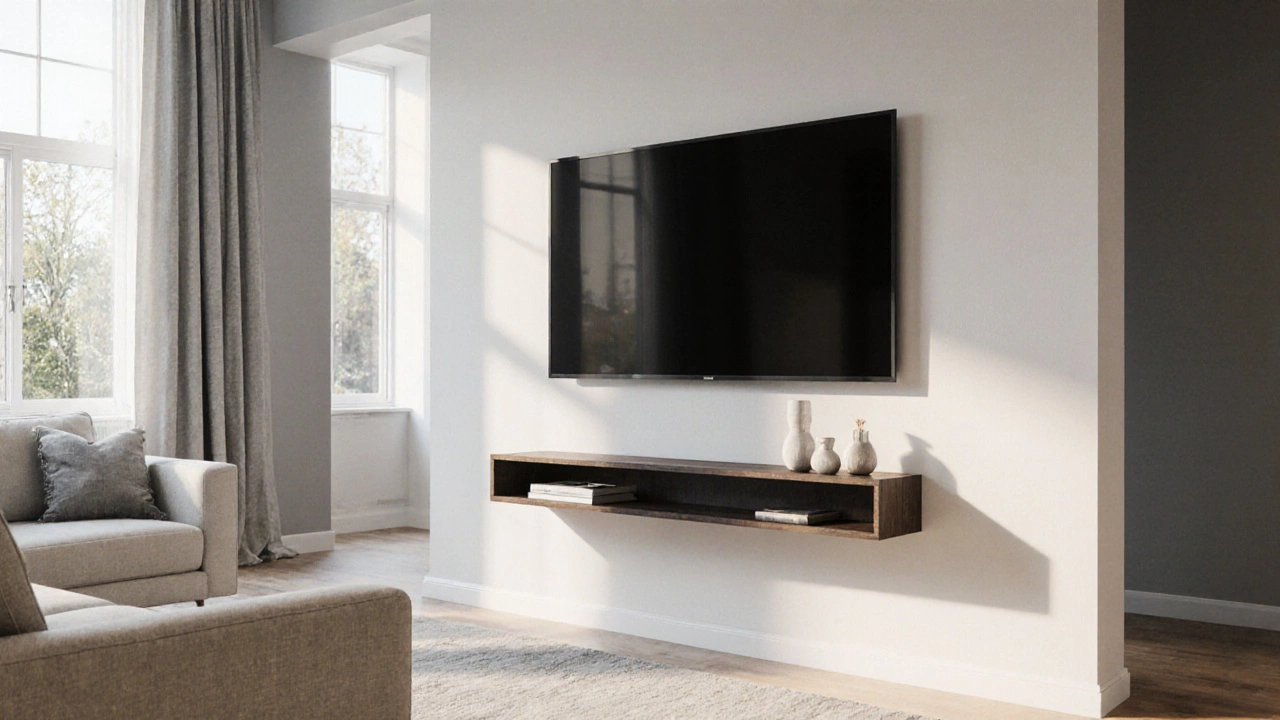
Creative Ways to Keep Your TV Up Without a Stand
Discover practical ways to keep your TV up without a stand. Learn wall‑mount, ceiling‑mount, floating shelf, and DIY options, plus safety tips and step‑by‑step guides.

Low vs. High TV Stands: The Real Differences That Impact Your Viewing
Curious about whether to get a low or high TV stand? This article unpacks the comfort, style, and practical facts to help you pick the perfect height for your setup.
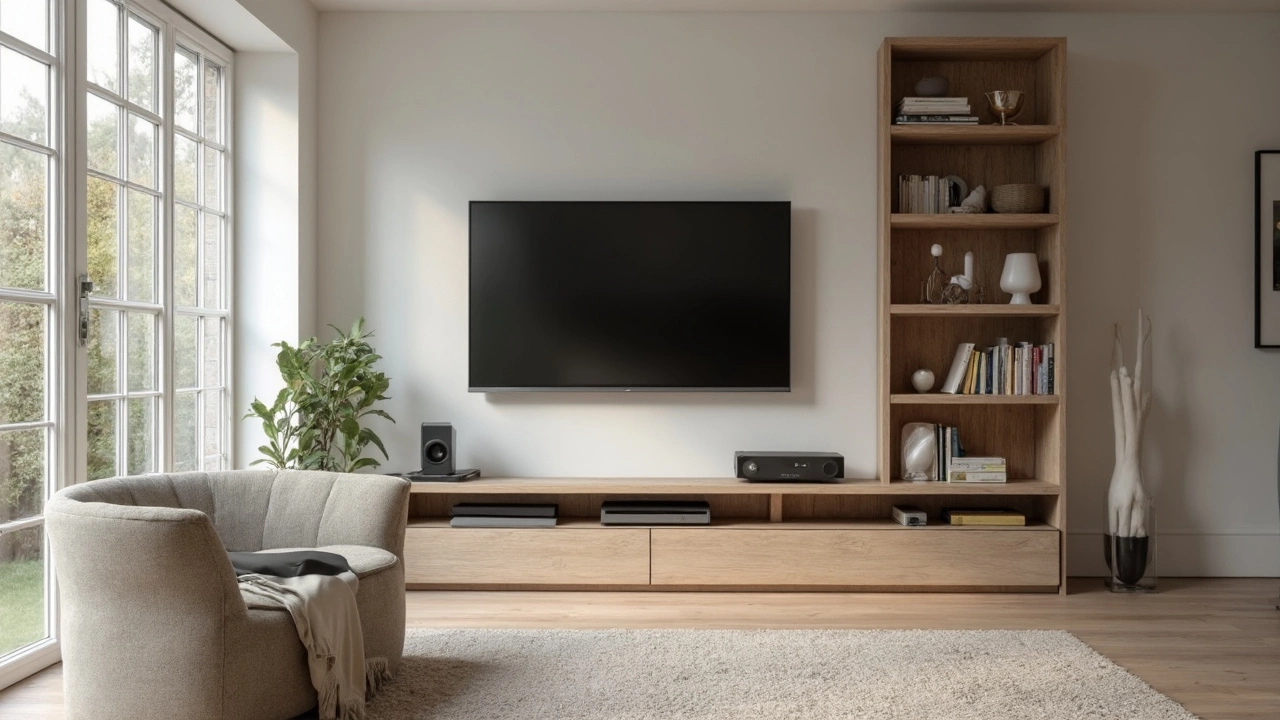
TV Stand Size: How Big Should It Be For Your Wall Mounted TV?
Choosing the right size TV stand for a wall mounted TV is about more than looks—it's about balance, safety, and function. Many people forget the TV stand still matters, even if the TV is hanging above it. This guide breaks down how to figure out the perfect width, height, and depth for your TV stand. You'll get practical tips so your setup looks great, keeps your gear organized, and makes watching TV more comfortable. Whether your style is modern or classic, finding the right fit makes a big difference.
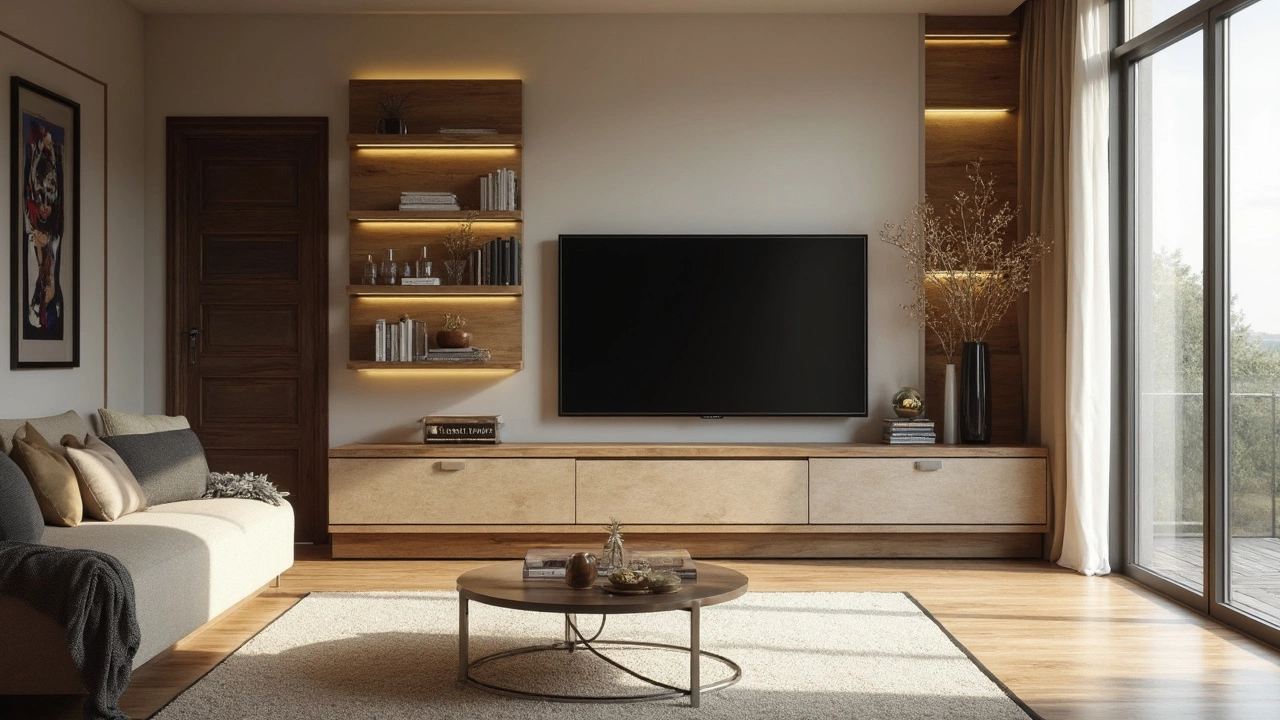
Do People Use TV Stands Anymore? Exploring Their Relevance Today
Ever walked into a friend's house and wondered if TV stands are still a thing? They're not just for holding up the TV; they're a game-changer in room aesthetics and functionality. From hiding tangled cables to offering storage, TV stands have evolved. Figuring out if they still fit into the modern home is essential.

Do You Really Need a TV Stand? Let's Find Out!
Choosing whether you need a TV stand can be a surprisingly tricky decision. While some opt for the traditional stand to enhance their living room decor, others might see it as an unnecessary piece of furniture in the age of wall mounts. It's all about balancing style with practicality—consider the size of your space, your storage needs, and the type of television you own. This guide delves into the pros and cons, helping you decide what's best for your home setup.
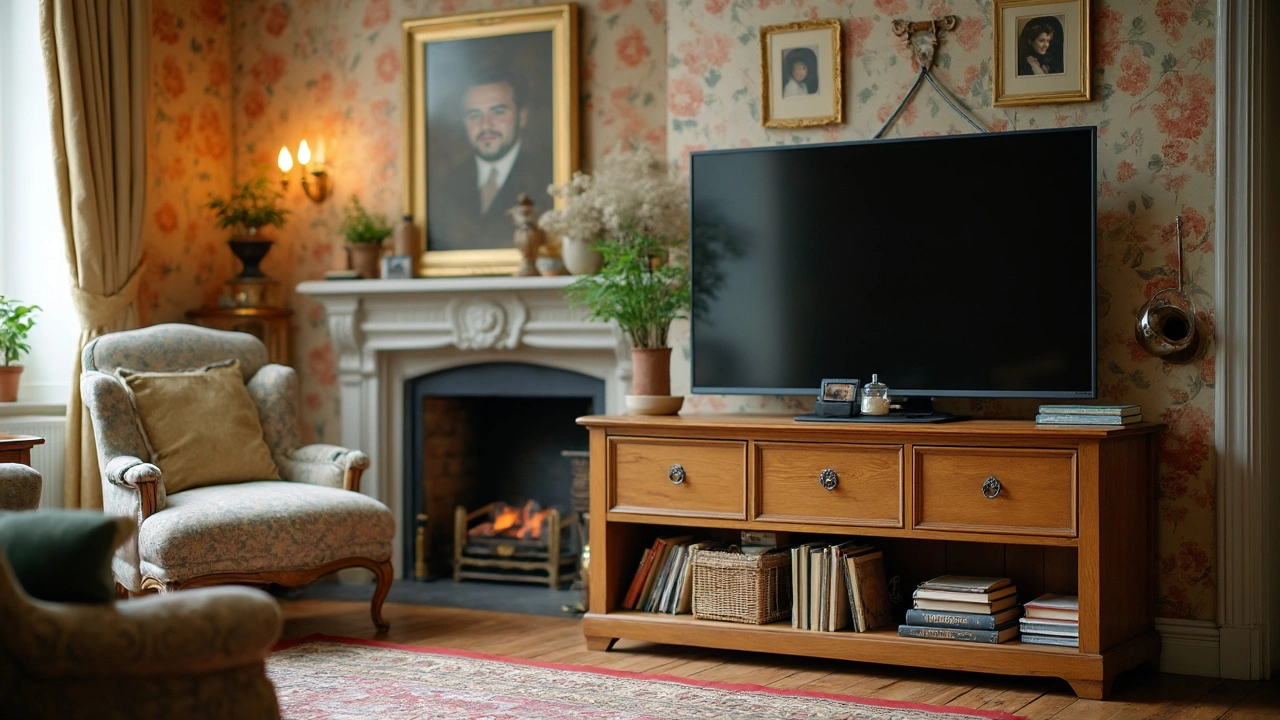
Can You Really Use a Dresser as a TV Stand?
Is your TV setup not ideal? Using a dresser as a TV stand might just be the clever solution you're looking for. This practical choice offers plenty of storage space and can easily blend into your room decor. Discover the advantages, potential drawbacks, and tips for safely converting that spare dresser into a functional TV stand. Learn how to make the most of your furniture by transforming it into a multi-purpose piece that meets your entertainment needs.

Optimal TV Wall Mount Heights for Comfortable Viewing
Mounting your TV at the right height is crucial for both aesthetics and comfort. This article explores the factors affecting the decision between high and low TV placements, such as room size, seating arrangement, and eye level. Discover the benefits and drawbacks of each option to find the perfect setup for your home. Practical tips from industry experts are included to ensure both style and functionality.
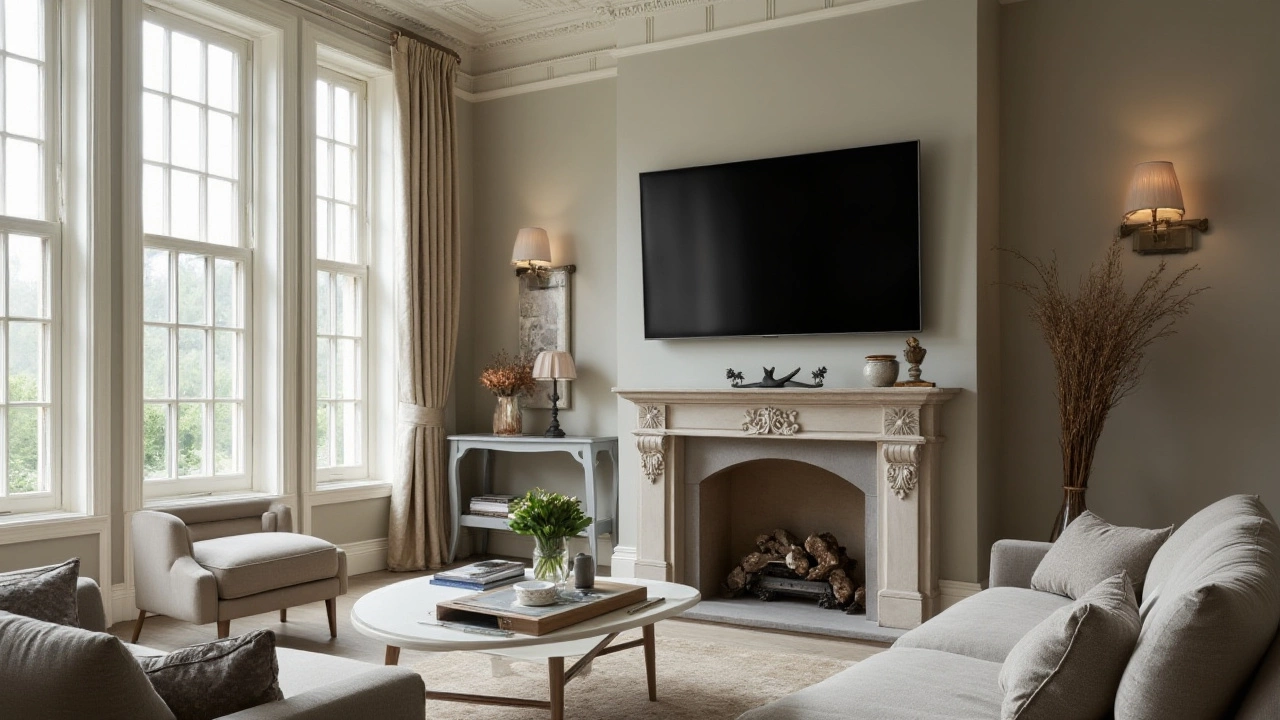
Best Choices: Wall-Mounted vs. Stand-Mounted TVs
Choosing between mounting a TV on a wall or placing it on a stand can significantly impact the aesthetics and functionality of a living space. Wall-mounted TVs offer a sleek and modern look, optimizing space and providing a cinematic experience. On the other hand, TV stands bring flexibility, ease of access to cables, and additional storage options. This article weighs the pros and cons, helping readers make an informed decision for their home setup.
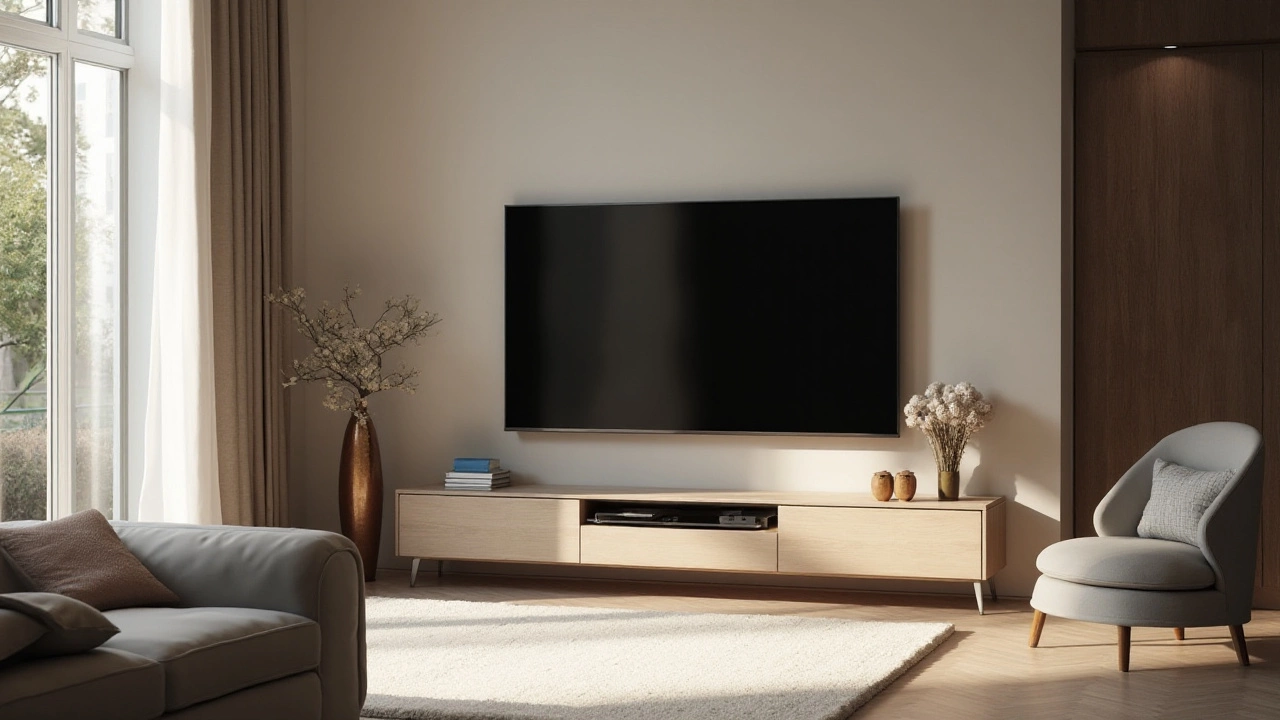
Sizing Up: Typical Width of a 65-Inch TV for Perfect Stand Fit
Wondering about the width of a 65-inch TV and how to pick the right stand? Learn about the typical measurements for 65-inch TVs and how this can influence your choice of stand. This article provides practical tips and essential information to ensure your TV is perfectly centered and securely supported, making your entertainment setup both functional and aesthetically pleasing. Explore the nuances of TV dimensions and stand compatibility with our in-depth guide.
